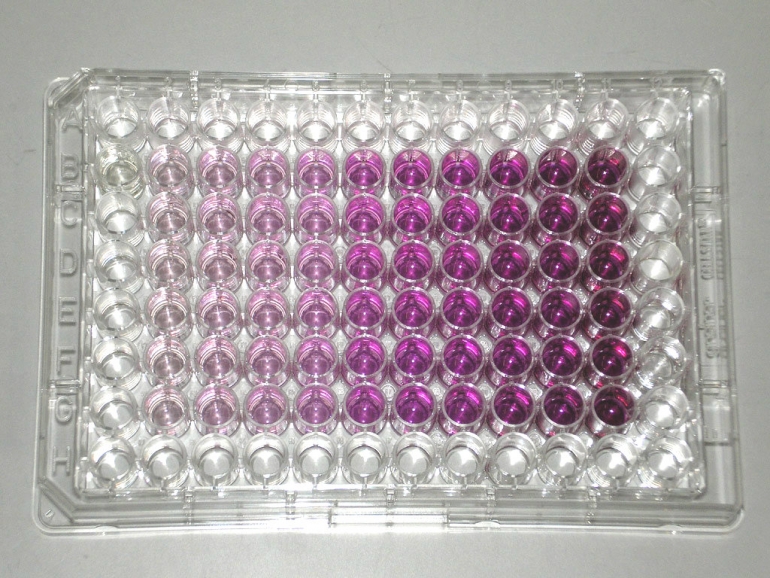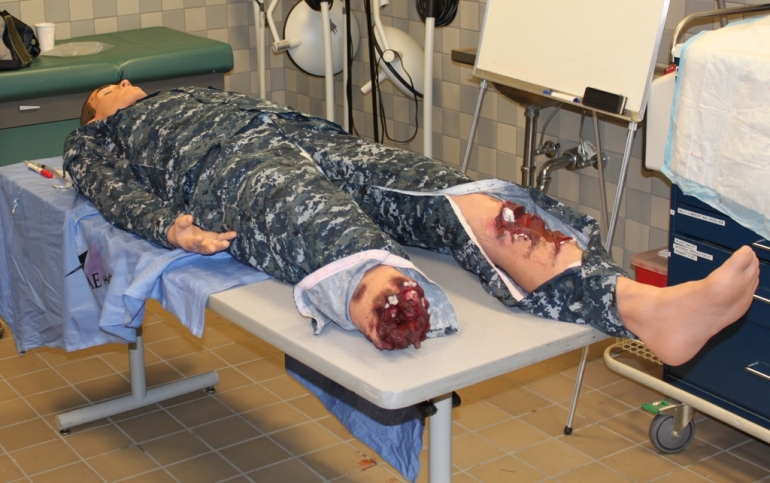Non-Animal Research Methods and Tests
Speaking on a BBC World Service programme, Professor Michael Balls, the first head of the European Union Reference Laboratory for Alternatives to Animal Testing (EURL ECVAM), outlined his hope that all animal experimentation will end despite the continued rising trend in animal use in the UK:
“I believe that if we really wanted to, we could work steadily towards a day in 10 to 20 years’ time when animal experimentation will have disappeared.”
– Prof Michael Balls
Experiments on animals are cruel and expensive, and they produce dangerously misleading results that are generally inapplicable to humans. With this in mind, the world’s most forward-thinking scientists are developing and using methods for studying diseases and testing products that replace the use of animals and are actually relevant to human health.
These modern methods include sophisticated tests using human cells and tissues (also known as in vitro methods), advanced computer-modelling techniques (often referred to as in silico models), and studies with human volunteers. These and other non-animal methods are not hindered by species differences that make applying animal-test results to humans difficult or impossible, and they usually take less time and money to complete.
PETA entities fund the development of many of these non-animal methods, publish research on their superiority to animal tests, and vigorously promote their use to governments and companies around the world.
In Vitro Testing
- Harvard’s Wyss Institute has created “organs-on-chips” that contain human cells grown in a pioneering method that mimics the structure and function of human organs and organ systems. The chips can be used to predict human responses in disease research, drug testing, and toxicity testing. They have been shown to replicate human physiology, diseases, and drug responses more accurately than crude animal experiments do. Some companies, such as the HµRel Corporation, have already turned these chips into products that researchers can use in place of animals.
- A variety of cell-based tests and tissue models can be used to assess the safety of drugs, chemicals, cosmetics and consumer products. For example, MatTek’s EpiDerm™ Tissue Model – a 3-dimensional, human cell–derived skin model replicates key traits of normal human skin and can be used to spare rabbits painful, prolonged experiments that have previously been carried out to evaluate whether chemicals corrode or irritate the skin.
- Researchers at the EURL ECVAM have developed five different tests that use human blood cells to detect contaminants in drugs that cause a potentially dangerous fever response when they enter the body. The non-animal methods avoid the cruel use of rabbits in this painful procedure.
Computer (in Silico) Modelling
- Researchers have developed a wide range of sophisticated computer models that simulate human biology and the progression of developing diseases. Studies show that these models can accurately predict the ways that new drugs will react in the human body and can end the use of animals in exploratory research and many standard drug tests.
- Quantitative structure-activity relationships (QSAR) are computer-based techniques that can replace animal tests by making a sophisticated prediction of a substance’s likelihood of being hazardous, based on its similarity to existing substances and our knowledge of human biology. Companies and governments are increasingly using QSAR tools to avoid testing chemicals on animals, and PETA US actively promotes and funds their use internationally.
Research With Human Volunteers
- A method called “microdosing“can provide vital information about the safety of an experimental drug and how it is metabolised in humans prior to large-scale human trials. Volunteers are given an extremely small one-time dose, and sophisticated techniques are used to monitor how the drug behaves in the body. Microdosing can help screen out drug compounds that won’t work in humans so that they won’t needlessly advance to government-required animal testing.
- Advanced brain imaging and recording techniques – such as functional magnetic resonance imaging (fMRI) – with human volunteers can be used instead of archaic experiments in which the brains of rats, cats, and monkeys are damaged. These modern techniques allow the human brain to be safely studied down to the level of a single neuron (as in the case of intracranial electroencephalography), and researchers can even temporarily and reversibly induce brain disorders using transcranial magnetic stimulation.
- Instead of experimentally inducing human diseases in animals in artificial environments, epidemiological studies – the study of diseases naturally occurring within populations – can provide vital, human-based information on the risk factors and causes of diseases. These types of studies have informed us about the relationship between smoking and cancer, the mechanism of the transmission of HIV/AIDS and other infectious diseases, and the identification of heart disease risk factors, allowing appropriate measures to be taken to prevent or reduce the occurrence of those diseases.
Human-Patient Simulators
- Strikingly life-like computerised human-patient simulators that breathe, bleed, convulse, talk and even “die” have been shown to teach students physiology and pharmacology better than crude exercises that involve cutting up animals. The most high-tech simulators mimic illnesses and injuries and give the appropriate biological responses to medical interventions and injections of medications.
- For more advanced medical training, systems like TraumaMan – which replicates a breathing, bleeding human torso and has realistic layers of skin, tissue, ribs, and internal organs – are widely used to teach emergency surgical procedures. These systems have been shown in numerous studies to impart life-saving skills better than courses that require students to inject or cut into live pigs, goats, or dogs.
The number of people who object to animal experiments is growing all the time as awareness increases of exciting, progressive, and effective science that uses non-animal methods to the advantage of both humans and other species.
If the UK is to be at the forefront of science, it must accept the will of the overwhelming majority (75%) of the public and embrace and invest in these new technologies instead of focusing on animal tests that delay medical progress and dangerously mislead us about disease.
To help end cruel experiments on animals, please visit our Action Centre.



